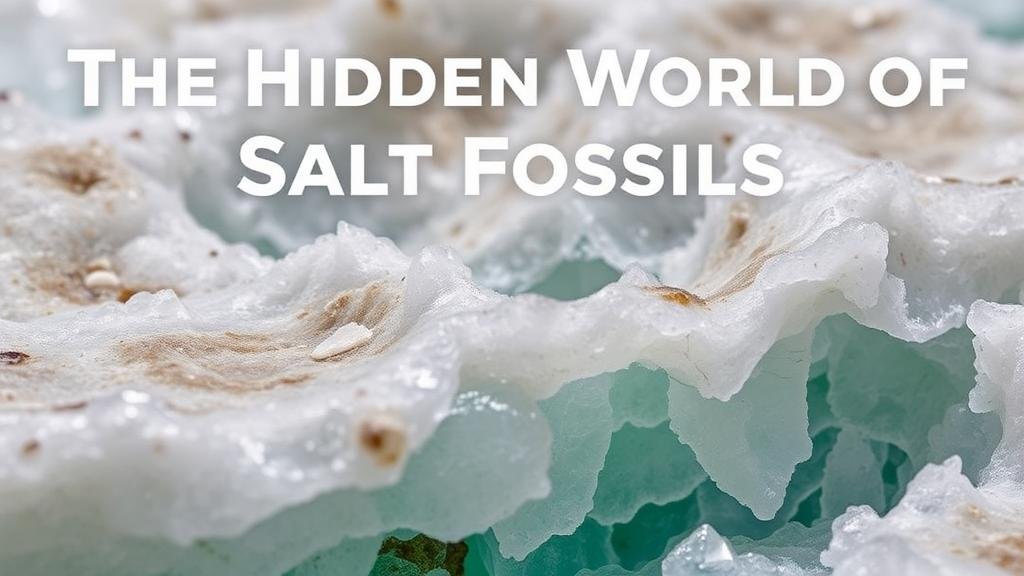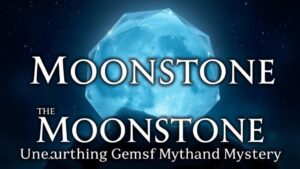The Hidden World of Salt Fossils: Discovering Crystalline Formations in Ancient Seas
The Hidden World of Salt Fossils: Discovering Crystalline Formations in Ancient Seas
For rockhounds and mineral collectors, the allure of the Earths geological history is often found in the most unexpected places. One such treasure trove lies in the realm of salt fossils, particularly those formed from the evaporation of ancient seas. These fascinating crystalline formations are not only visually stunning but also hold significant scientific and historical value.
Understanding Salt Fossils
Salt fossils, primarily composed of halite (sodium chloride), form through processes that often involve the evaporation of water in enclosed environments. This phenomenon occurs in both marine and non-marine settings, creating spectacular crystalline structures that showcase the interplay between mineralogy and geological processes. The primary types of salt fossils include:
- Halite: Commonly referred to as rock salt, halite forms through the evaporation of saline water, predominantly in shallow marine environments.
- Gypsum: Formed through evaporation as well, gypsum is a soft sulfate mineral that can form beautiful crystalline clusters in sedimentary deposits.
The Formation Process
The formation of salt fossils involves several geological steps:
- Evaporation: When seawater evaporates, the concentration of dissolved minerals increases, leading to crystallization.
- Precipitation: As water continues to evaporate, specific minerals precipitate out based on their solubility. Halite forms first due to its high solubility.
- Compaction: Over time, layers of crystalline salts can accumulate, undergo compaction, and become lithified, turning them into rock formations.
Significance of Salt Fossils
Salt fossils are not merely geological curiosities; they hold valuable insights into the Earths history. e formations are often associated with ancient marine environments, providing clues about past climates, sea levels, and ecological conditions. For example:
- Climate Indicators: The presence of salt deposits can suggest arid conditions in the past, reflecting periods when large bodies of water experienced significant evaporation.
- Oil Reservoirs: Some salt formations serve as caps for oil reservoirs, making them crucial in petroleum geology.
Where to Find Salt Fossils
For collectors eager to explore this hidden world, certain locations are renowned for their rich deposits of salt fossils. Notable sites include:
- The Salinas Grandes, Argentina: This expansive salt flat showcases incredible crystalline structures.
- The Great Salt Lake, Utah: Known for its high salinity, the lake’s evaporative processes yield interesting halite formations.
Collecting Salt Fossils: Tips for Rockhounds
When venturing into salt fossil collecting, there are several best practices to keep in mind:
- Research Locations: Familiarize yourself with local laws and collecting guidelines; some areas may be protected.
- Use Proper Tools: Equip yourself with tools such as hammers, chisels, and safety goggles for protection while excavating.
Also, understanding the specific environments where salt fossils are found can enhance your collecting experience and yield better specimens.
Conclusion: The Beauty and Value of Salt Fossils
Salt fossils offer a unique glimpse into the ancient seas and the geological processes that shaped the Earth. For rockhounds and mineral collectors, these crystalline formations epitomize the intersection of aesthetics and science. By understanding their formation, significance, and methods for collecting, enthusiasts can appreciate not only the beauty of these specimens but also their rich history. Embark on your journey into the hidden world of salt fossils, and uncover the stories encapsulated within these remarkable geological formations.



